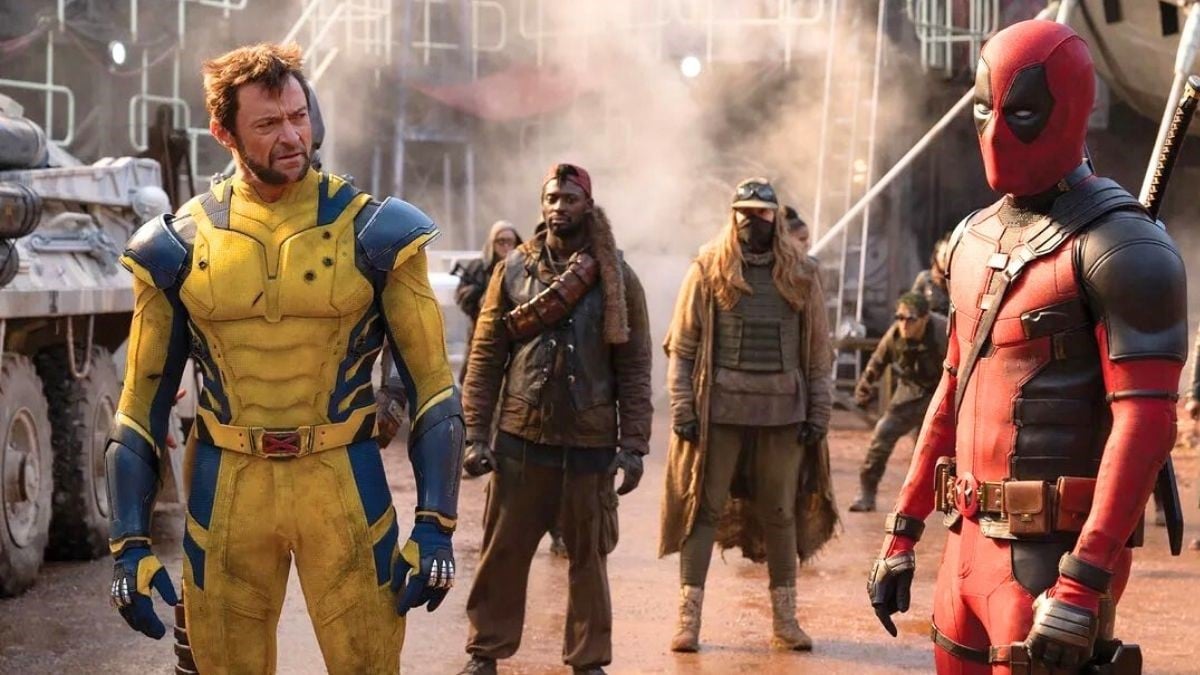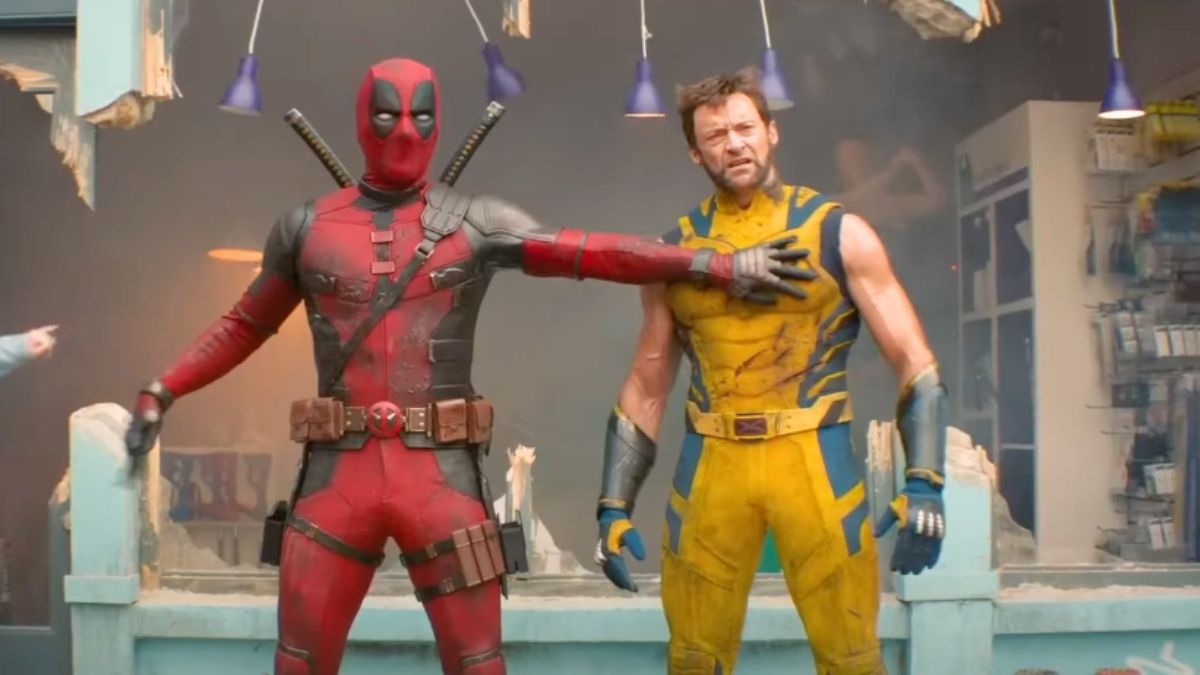Whether you’re watching Star Wars for the first time or catching up on the entries you missed, you’ll need a plan to tackle the growing number of films and shows in the series’ catalogue. Across the internet you can find many finely tuned watch orders for a single series or individual character arcs, but the two prevailing options to consider are release order and chronological order.
Here’s what you need to know about each Star Wars watch order, as well as our recommendation for which one is best.
Release order
Beginning in 1977 with Star Wars: Episode IV – A New Hope, release order follows the publication date of each movie and television series. This order reflects the start date of shows that may have been in progress when a new movie came out.
- A New Hope
- The Empire Strikes Back
- Return of the Jedi
- The Phantom Menace
- Attack of the Clones
- Revenge of the Sith
- The Clone Wars (Movie)
- The Clone Wars (TV)
- Rebels
- The Force Awakens
- Rogue One
- The Last Jedi
- Solo
- Resistance
- The Mandalorian
- The Rise of Skywalker
- The Bad Batch
- The Book of Boba Fett
Chronological
Based on lore timelines, chronological order is based on the narrative order of events depicted on screen. As of this writing, our earliest glimpse of the galaxy far, far away is 1999’s Star Wars: Episode I – The Phantom Menace.
- The Phantom Menace
- Attack of the Clones
- The Clone Wars (Movie)
- The Clone Wars (TV)
- Revenge of the Sith
- The Bad Batch
- Solo
- Rebels
- Rogue One
- A New Hope
- The Empire Strikes Back
- Return of the Jedi
- The Mandalorian
- The Book of Boba Fett
- Resistance
- The Force Awakens
- The Last Jedi
- The Rise of Skywalker
Which Star Wars watch order is best?
Release order is our preferred watch order. Star Wars is a story, not a timeline, and each entry was made for an audience knowing solely what came before in our own world. For example, viewers aren’t supposed to know that (spoiler alert!) Darth Vader is Luke’s father until The Empire Strikes Back.
Chronological order also undercuts all the pomp of the First Order’s first appearance, replacing The Force Awakens with the short-lived children’s show, Resistance.
Granted, chronological order has its perks. Perhaps Luke’s confrontations with Vader will feel all the more tragic knowing what brought each to a head and Anakin and Obi-Wan’s duel all the more heartbreaking after seeing their relationship develop in The Clone Wars.
But while each is viable, release order is the best bet for most viewers who want to experience Star Wars the way it was intended ⏤ as an unfolding story told across generations.





















Published: Jul 6, 2021 09:06 am